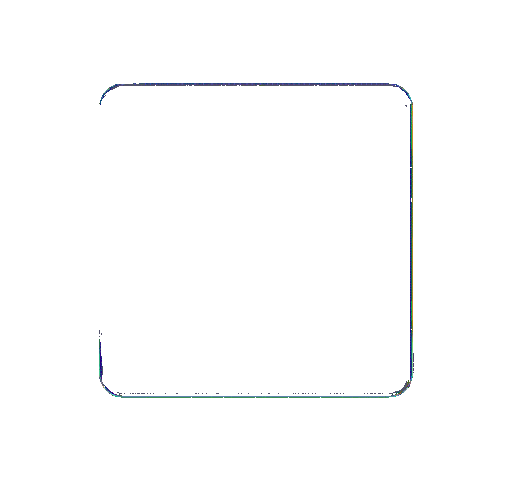Dev Release-203
Scalable Block Propagation, Explorer UX Upgrades & Hardware Mining Integration
Key Highlights
Why It Matters
Blockchain Updates
Explorer Updates
X10 Flow
Fixed Issues
Open Issues
Next Steps
Feedback & Support
Conclusion
Scalable Block Propagation, Explorer UX Upgrades & Hardware Mining Integration
This development update outlines the latest progress made across the core components of the BlockDAG ecosystem, including enhancements to the blockchain architecture, explorer interface, and hardware mining integration. This release emphasizes performance optimizations, improved development tooling, and broader compatibility in preparation for future scalability.
Key Highlights
- Improved block propagation: Resolved a major issue that previously caused parallel (sibling) blocks to be invalidated due to nonce conflicts.
- Stratum server deployed: for ASIC miner
- Explorer usability: A series of meaningful UI improvements are in testing to enhance clarity, accessibility, and user experience.
Why It Matters
The shift to channel-based transaction processing through WASM improves real-time responsiveness and reduces latency in transaction validation. The P2P optimization fixes a key barrier to horizontal scalability in DAG-based consensus. Moreover, the strides made in mining integration lay the groundwork for decentralized participation at the hardware level. All of these efforts work in tandem to prepare BlockDAG for increased network load, community participation, and long-term resilience.
Blockchain Updates
Optimizing P2P Block Propagation
A subtle but critical bug was discovered in the block validation process, particularly affecting the validation of sibling blocks. Previously, when multiple blocks shared the same parent, the first validated block would bump the account's nonce, leading to rejection of parallel blocks with the same nonce ("nonce too low" errors).
Root Cause: All incoming blocks were being validated against the current head state, instead of the shared parent state.
Fix Implemented:
- During block construction, we now perform rigorous state checks: nonce, balance, and fee limits are enforced.
- Upon block import, checkState=false is set, allowing us to replay each transaction on its parent’s state snapshot using ApplyTransaction.
- This ensures all sibling blocks are validated independently and fairly against their common ancestor state.
- This update removes a critical scalability bottleneck and enables broader acceptance of valid parallel blocks.
Explorer Updates
To improve user interaction and data comprehension, several enhancements are being implemented in the block explorer. These updates target clarity, navigation, and visual consistency.
Enhancements in progress (currently in testing):
- Top Token Module:
Replaced the "Value" column with a more descriptive "Amount" column to clarify what each token transfer represents. - Navigation Improvements:
Block numbers in listings are now clickable, leading users directly to block detail pages. - UI/UX Upgrades:
- The copy icon has been refined for a smoother user experience.
- The "Txn fee" column is replaced with the actual token name and ticker to reduce ambiguity.
- Visual Feedback:
- Identical addresses (e.g., sender and receiver being the same) are highlighted for quick identification.
- A convenient "copy" button has been added to transaction hashes in listing views, enabling fast referencing and sharing.
These updates will greatly enhance both developer and user productivity when interacting with on-chain data.
X10 Flow
The X10 mining flow begins when a user opens the X1 Miner App and selects the “X10 Devices” option from the side menu to initiate the device setup. To connect a new device, the user taps “Add New Device”, grants camera access, and scans the QR code located on the X10 miner. After successfully scanning, the app prompts the user to enter their Wi-Fi network name and password to establish a secure connection. A confirmation pop-up appears with the network details, and upon approval, the app begins the authentication process by exchanging tokens with the mining server. If authentication is successful, the device is marked as “Online” and the user starts mining. If it fails, the user is prompted to retry or re-enter the setup information. Once connected, users can view the device’s status, network configuration, and mined BDAG balance, with the option to remove the device if needed. To start mining, users simply click “Activate BlockDAG X1” this begins a 24-hour cycle where the device mines at a rate of 0.83 BDAG per hour. After each cycle, mining must be manually reactivated to continue earning. The entire process is designed to be seamless, secure, and beginner-friendly.
Fixed Issues
Sibling block rejection bug: Patched through accurate parent-state-based transaction replay during import.
Open Issues
- Transaction structure adaptation: Channel-based transactions differ from legacy structures and still require a robust conversion layer to ensure accurate execution.
- Explorer testing ongoing: UI changes are in testnet staging and pending final approval.
- Standard ASIC miner testing: Scheduled as the next major step in hardware integration.
Next Steps
- Finalize and deploy transaction conversion logic for the WASM channel integration.
- Complete testing and launch explorer improvements on mainnet.
- Commence ASIC miner tests using standardized devices.
- Monitor block propagation post-fix to confirm consistency and ensure sibling blocks are validated as expected.
Feedback & Support
We value your input!
If you encounter issues, discover bugs, or have suggestions for improvements, please don’t hesitate to reach out to us at [email protected].
Your feedback is critical to helping us improve and grow the BlockDAG ecosystem.
Conclusion
This release marks a substantial leap in the evolution of the BlockDAG network. By addressing core transaction and propagation mechanics, reinforcing miner compatibility, and improving the explorer’s usability, we’re paving the way for a more performant and developer-friendly blockchain environment.
Thank you for being part of the journey. We look forward to your feedback and continued collaboration as we push toward greater decentralization and technical excellence.
